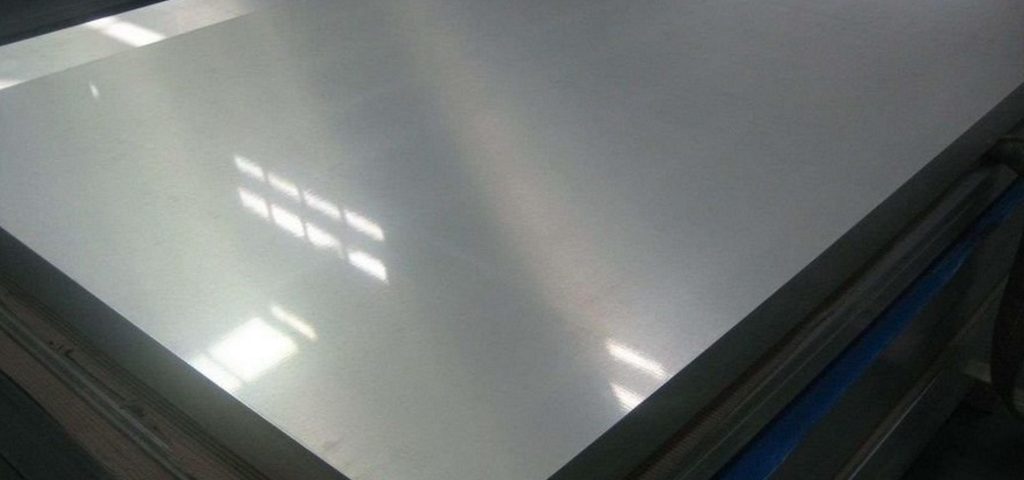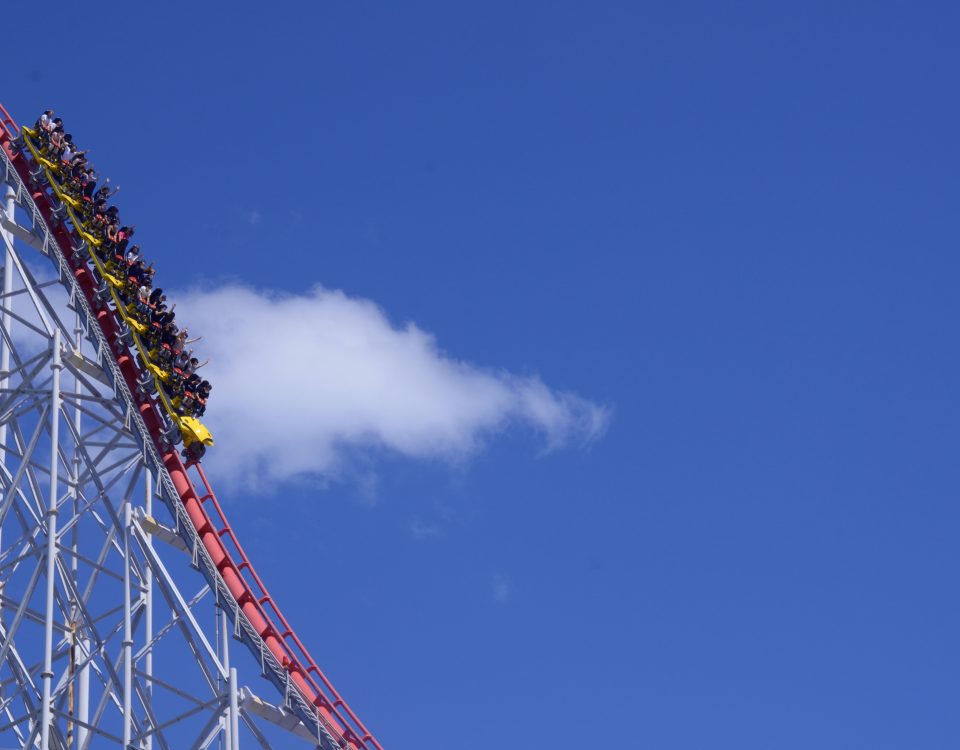Stainless steel: AISI201, AISI304, AISI430

“So, what price are you offering me?”
29 de October de 2019
Taking care of your sink bowls
13 de February de 2020Stainless steel is widely used in the hospitality industry, mainly due to its good corrosion resistance. Traditionally we used mainly two types of stainless steel: AISI304 for higher corrosion environments, and AISI430 for lower corrosion environments. Today, there are many more types, so I will focus on the three most used grades: AISI304, AISI201, AISI430.
Stainless steel is corrosion resistant because of its Chromium content. In fact, to manufacture stainless steel you mainly add Chromium to Carbon Steel. The added Chromium reacts with water and air, creating a very thin layer of Chromium on the surface of the steel, thus protecting it from corrosion. If the stainless steel surface is not in contact with Oxigen or water, it looses this protective layer and will corrode as carbon steel does. For this reaction to happen, the stainless steel need to have minimum 10.5% Chromium content.
When we add Chromium to Carbon Steel, we get Ferritic stainless steel, AISI400 series, to which AISI430 belongs. Ferritic stainless steel is cheap and has good corrossion protection in normal environments (but suffers in harsh PH and temperature conditions). On the downside, it’s less formable and weldable than austenitic stainless steel
If we add Nickel to Ferritic Stainless steel, we get Austenitic stainless steel, AISI200 and AISI300 series, to which AISI201 and AISI304 belong. Adding Nickel changes the molecular structure of the steel, and the minimum percentage that we need to add in order to change all the molecules of a 18% Chromium steel is 8% Nickel. That’s why the most widely used austenitic steel, AISI304, has 18% Chromium and 8% Nickel.
Austenitic stainless steel (AISI304) has a much better corrosion resistance than ferritic (AISI430). It can be machined and welded much more easily, and it has better impact resistance (even at very low temperatures, where AISI430 suffers). So it can be manufactured to many more shapes than AISI430.
It’s important to note than AISI430 is magnetic, while AISI304 is non magnetic (although it becomes magnetic when cold worked ie. pressed, bent, cut etc…). Against popular wisdom, magnetism and corrosion resistance are not related. So the fact that when an AISI304 sheet is deep drawn to manufacture a sink it becomes magnetic, has no effect on its corrosion resistance. Magnetism is magnetism, corrosion resistance is corrosion resistance, and the famous holy magnet test is useless.
And what about the “famous” AISI201? It’s austenitic, same as AISI304, and they share a lot of properties.The most widely used element to change ferrite to austenite (AISI430 to AISI304) is Nickel, which is expensive. But there are other elements that can do the same job. So a Nickel shortage in USA in the 1950s caused the discovery of a new stainless steel series, AISI200 (to which AISI201 belongs). Instead of Ni, AISI201 uses a combination of Mn, N and Cr to change ferrite molecules into austenite molecules. So we get a steel with properties close to AISI304, for a much lower price. It was widely adopted in India in the 1980s, when they began developing it’s stainless steel market (India has no Nickel and had to import it). The high prices of Nickel during the first years of this century helped its widely adoption in China, which then began using it to manufacture and export around the world.
The properties of AISI201 and AISI304 are very similar. AISI201 has 2% Ni, versus 8% for AISI304, and its corrosion resistance is between AISI430 and AISI304. AISI201 is stronger and harder than AISI304, which is good for some applications. But this means that it’s more difficult to work, and can be manufactured into many less shapes than AISI304.
AISI201 is a good choice for a wide range of products. Most of our clients demand it for kitchen feet, baffle filters and other stainless steel components. But it has a bad name in the industry, because when you receive a finished product, it’s very difficult to know if it’s AISI304 or AISI201. So a lot of companies use AISI201 to manufacture, and tell their clients that the product is made in AISI304, or “austenitic”, or “non ferritic” steel, making a huge profit. AISI201 is austenitic, so it’s non magnetic and passes the holy magnet test. The only way to know if by making a metalographic analysis, which is expensive. So there is a lot of AISI201 in the market without the user’s or the seller’s knowledge.
When we began manufacturing in China, in year 2000, AISI201 was almost non existant out of India. Today, roughly 50% of the stainless steel manufactured is AISI304. 20% is AISI430, and 20% is AISI201.
Summarizing, there is no “good” or “bad” stainless steel. Each of the three types have its pros and cons, and we must know them to be able to decide which material we will use for our product. As the market is slowly discovering, it’s a waste of money to use always AISI304. For most products, AISI430 or AISI201 are more than enough.
Marc Torras – gispkitchen.com





